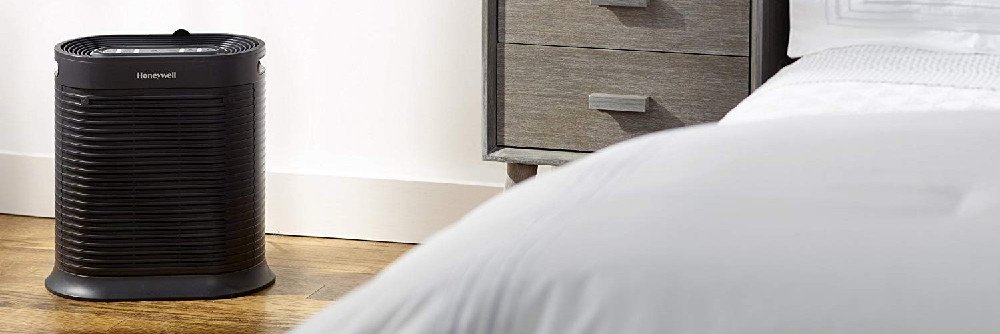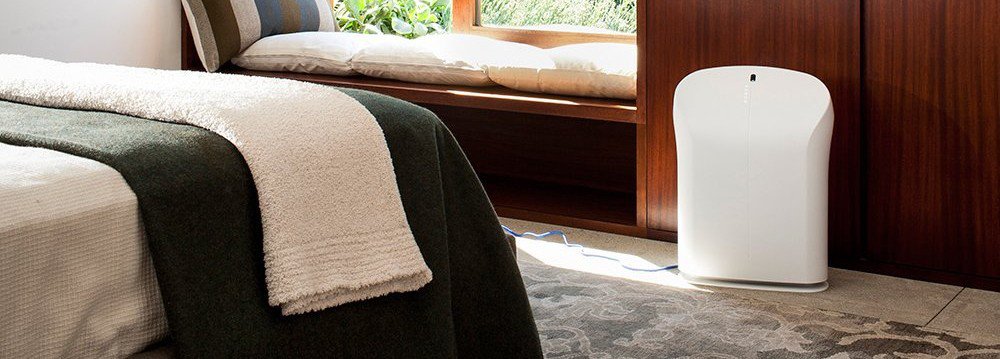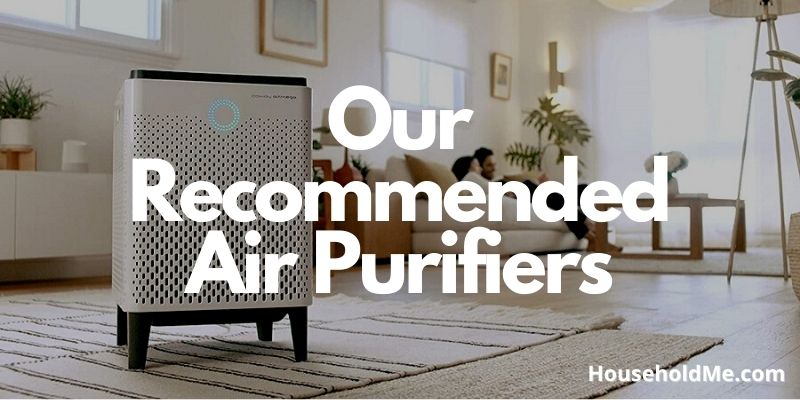It has become crucial for families to be aware of the air quality in their homes. If you live in a populated area nearby construction sites or a busy road, then you may be surprised to learn that the air inside of your home can be several times more polluted than the air outside.

One of the most effective ways of dealing with polluted indoor air is by investing in an air purifier—specifically, one that comes with a True HEPA Filter.
So, what exactly is a True HEPA Filter? Are all HEPA filters the same? How can a True HEPA Filter help improve your health? We’ll address all of these questions in this brief informational guide.
What is a True HEPA Filter?
True HEPA Filters mainly consist of dense paper fibers sized between 0.3 and 2 microns and are woven in a random pattern. They meet the highest standard set by the US Department of Energy for airborne contaminant filtration by removing microscopic particles down to 0.3 microns and larger with 99.97% effectiveness.

To put this in perspective, the human eye can see particles between 50 and 60 microns, and anything 10 microns and smaller are considered respirable or become hazardous to our respiratory health. True HEPA Filters are best known for trapping mold spores, pet dander, soot, dust mites and their waste, and certain bacteria.
HEPA Differences
In your search for the best air purifier, you may have come across models with HEPA-style, HEPA-grade, or just plain HEPA filters. These are inferior to True HEPA Filters by having a reduced effectiveness of trapping 0.3-micon particles and larger.

HEPA filters are divided into different classes following the MERV or European Standard. A True HEPA Filter has a HEPA class of at least H13 or a MERV rating of at 16 or higher. Lower ratings are classed as either low-quality filters or medium filters.
That’s not to say HEPA-style filters aren’t worth the investment. For instance, if you do not suffer from seasonal (pollen) or pet (dander) allergies, then a True HEPA Filter can actually be overkill, although you never know what microscopic organisms are floating around.
The safest thing you can do for your home and family is by ensuring your air purifier is equipped with a True HEPA Filter.

Pros and Cons of a True HEPA Filter
Here is a brief list of the pros and cons of True HEPA Filters.
Pros
• Captures most common respirable contaminants, including pollen, dander, soot, and certain bacteria
• Particles trapped in the True HEPA Filter have no chance of escape
• Does not produce ozone like certain ionizers and UV-C lights
• Has long lifespan of up to 5 years depending on size, usage, and maintenance
• Some True HEPA Filters are washable
Cons
• Higher replacement costs
• Does not remove odors
• Washing a True HEPA Filter can ruin the structural integrity of the filter
• Can negatively affect air purifier’s CADR by inhibiting airflow

Other Filter Types
Air purifiers typically use a multi-level filtration system with the True HEPA Filter being just one part of it. Here is a list of other common filter types and systems found in air purifiers.
• Pre-filter
• Activated Carbon Filter
• Ionizer
• UV-C light

If you have any questions or comments, please add them below in the comment section. Similarly, please let us know if you spot any mistakes or omissions. Thanks!
